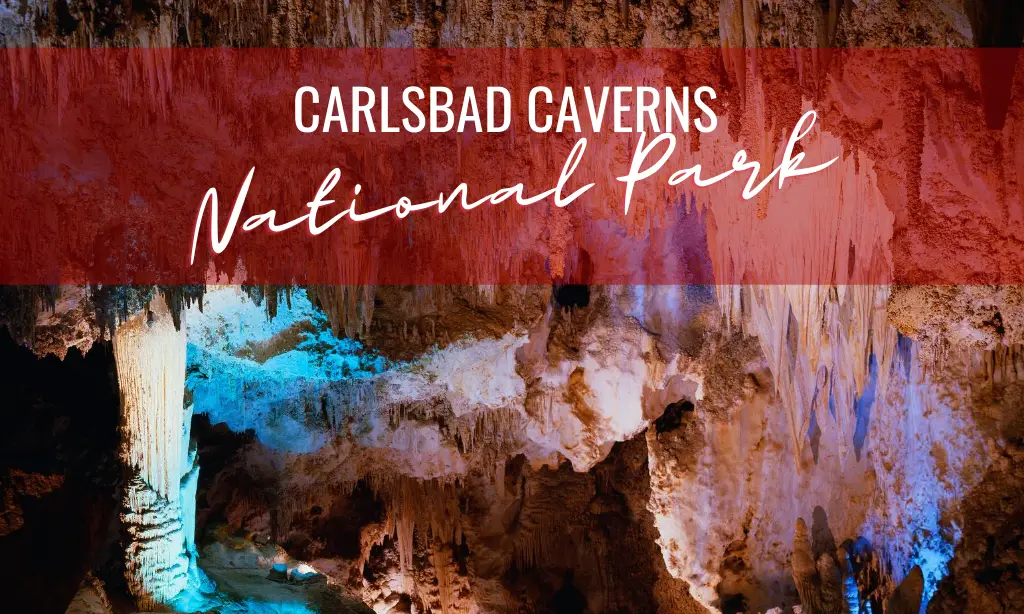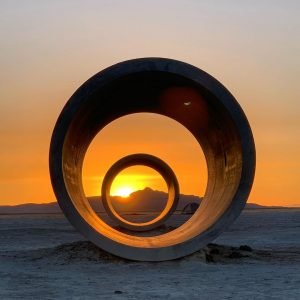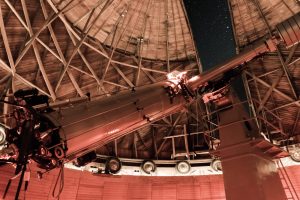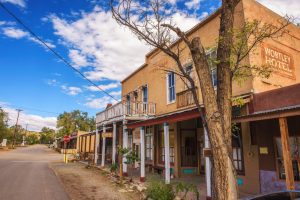
The Carlsbad Caverns is an American national park located in the Guadalupe Mountains of southeastern New Mexico. Visitors travel from all over to see the cave and everything that it has to offer. Each large section of the cave is referred to as rooms. The cave has many rooms, some in which are very well known as the bathroom. Included within the park is a large limestone cave, totaling up to 4,000 feet. This is one of the deepest limestone caves found. Here is everything you need to know about the national park before visiting one of the greatest kept secrets around the El Paso, Albuquerque, Texas area.
History
The cave was found in 1898 by a teen boy named Jim White. He gave many rooms their original names, such as the Big Room, New Mexico Room, Kings Palace, Queens Chamber, and Green Lake Room. The more prominent formations in the cave such as the totem Pole, Witch’s Finger, Giant Dome, Bottomless Pit, Fairyland Iceberg rock Temple of the Sun, and Rock of the ages were all named by him as well. Him White became so well known for his discovery of the caves, that some authors even wrote books about him. Until 1932, visitors of the cave would have to walk down a switchback ramp that led them down 750 feet below the surface to arrive at the caves.
In 1932, the national park opened a large visitors center building that contained two elevators that would take visitors in and out of the caverns below. The new center included a cafeteria, waiting room, museum, and first aid kit.
Visitors Information
The national park is typically the busiest on the weekends starting Memorial Day to Independence day. The admission is free for self-guided tours on some holidays such as Martin Luther King Jr. Weekend, National Park Week, and Veterans Day weekend. The national monument holds extra events such as the bat flight viewing or the bat flight program. The program is given in the early evening at the amphitheater near the main entrance prior to the start of the flight, which varies with the sunset time. The park also offers a ranger program. Throughout the year, star parties are hosted by the park at night. Rangers host informational programs on the celestial night sky and telescopes are also made available. These parties are often held in conjunction with special astronomical events, such as a transit of Venus.
The Named Rooms
While many of the rooms remain open for day to day access, some of the rooms are closed to the public due to the inaccessibility of the rooms, or other safety issues that could arise from large amounts of traffic.
Balloon Ballroom
Located in the ceiling above the main entrance hall, this small room was first accessed by tying a rope to a bunch of balloons and floating them into the passage.
Bat Cave
A large, unadorned rocky passage connected to the main entrance corridor. The majority of the cave’s bat population lives in this portion of the cave, which was mined for bat guano in the early 20th century.
Bell Cord
The room is named for a long, narrow stalactite coming through a hole in the ceiling, resembling the rope coming through the roof of a belfry. This room is located at the end of the Left-Hand Tunnel.
Bifrost Room
The room was given this name because of its location above the Lake of the Clouds and its colorful oxide-stained formations.
Big Room or The Hall Of The Giants
The largest chamber in Carlsbad Caverns, with a floor space of 357,469 square feet.
Chocolate High
A maze of small passages totalling nearly a mile (1500 m) in combined length, discovered in 1993 above a mud-filled pit in the New Mexico Room known as Chocolate Drop.
Green Lake Room
Green Lake was used to looking for ripples caused by a nuclear bomb test many miles away. None appeared.
Guadalupe Room
Discovered by a park ranger in 1966, this is the second-largest room in Carlsbad Caverns. It is known for its dense collection of “soda straw” stalactites.
Hall of the White Giant
A large chamber containing a large, white stalagmite. Rangers regularly lead special wild-cave tours to this room.
Halloween Hall
A room roughly 30 feet in length located above the Spirit World. Named for its discovery on October 31, 2013.
King’s Palace
The first of four chambers in a wing known as the “scenic rooms”, it is named for a large castle-like formation in the center of the room.
Lake of the Clouds
The lowest known point in the cave. It is located in a side passage off the Left Hand Tunnel. It is named for its large lake containing globular, cloud-like rock formations that formed under water when the lake level was much higher.
Left-Hand Tunnel
A long, straight passage marked by deep fissures in the floor. These fissures are not known to lead anywhere. The Left Hand Tunnel leads to the Lake of the Clouds and the Bell Cord Room.
Mabel’s Room
A moderate-sized room located past the Talcum Passage in Lower Cave.
Mystery Room
A large, sloping room located off the Queen’s Chamber, named for an unexplained noise heard only here. A small vertical passage at the far end connects it to Lower Cave.
New Mexico Room
Located adjacent to the Green Lake Room and accessed by means of a somewhat narrow corridor.
New Section
A section of fissures east of the White Giant formation and paralleling the Bat Cave. New discoveries are still being made in this section.
Papoose Room
Located between the King’s Palace and Queen’s Chamber.
Queen’s Chamber
Widely regarded as the most beautiful and scenic area of the cave. Jim White’s lantern went out in this chamber while he was exploring, and he was in the dark for over half an hour.
Spirit World
Located in the ceiling of the Big Room at its highest point (an area known as the Top of the Cross), this area is filled with white stalagmites that resemble angels to the room’s discoverers.
Talcum Passage
A room located in Lower Cave where the floor is coated with gypsum dust.
The Rookery
One of the larger rooms in Lower Cave. Many cave pearls are found in this area.
Underground Lunchroom
Located in the Big Room at the head of the Left-Hand Tunnel. It contains a cafeteria that was built in the 1950s and is where the elevators from the visitor center exit into the cave.
Nearby Attractions
Visitors coming to find hiking trails, wilderness areas, or picnic areas or any other visitor can come through the natural entrance trail, or find the national park service for more directions. Enjoy the surrounding activities like the spider caves, Lechuguilla cave Chihuahuan desert, or spot the Mexican free-tailed bats. A detached part of the park, Rattlesnake Springs Picnic Area, is a natural oasis with landscaping, picnic tables, and wildlife habitats. About 500 species have been recorded in the whole state of New Mexico. Rattlesnake Springs historic district is designated a historic district on the National Register of Historic Places.
No matter where you start, whether in the caves or at surrounding attractions, you won’t be sorry. Carlsbad Caverns is one of the most unique caves in the United States, maybe even North America. So pack your hiking boots and get ready for a great time.




